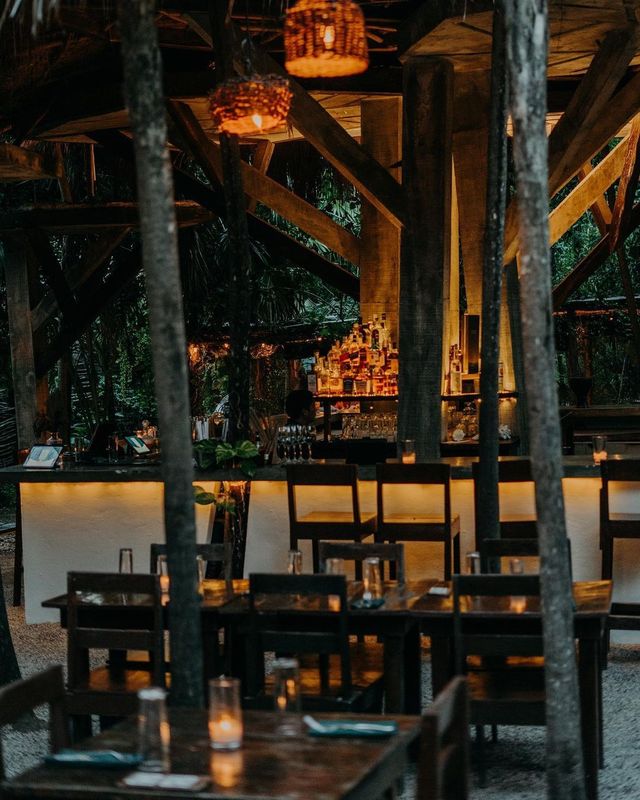Savor Authentic Eastern Food With a Pan-Asian Twist for a Culinary Journey
Embarking on a cooking journey with authentic Eastern cuisine, boosted with a Pan-Asian spin, provides an unique chance to check out the abundant tapestry of flavors that specify the area's varied cooking practices. This experience invites you to relish the beautiful equilibrium of preferences-- sweet, salty, spicy, and sour-- balanced by aromatic herbs and seasonings. Think of the cutting-edge combination of Thai curry and ramen or the unexpected joy of sushi burritos. As you contemplate these attracting recipes, think about the cultural stories and historical influences that form them, each bite providing a story waiting to be found.

Checking Out Pan-Asian Flavors
In the world of global gastronomy, Pan-Asian food stands apart for its impressive variety and the unified interplay of tastes from different Asian societies. This culinary approach commemorates the one-of-a-kind components and abundant traditions located across the continent, developing a tapestry of tastes that is both appealing and satisfying. Trick to Pan-Asian cuisine is its capacity to balance different tastes-- wonderful, salted, spicy, and sour-- while highlighting the freshness and top quality of each ingredient.
From the umami-rich soy sauce of Japan to the intense chili peppers of Thailand, Pan-Asian cuisine uses a substantial palette of flavors. These aspects are frequently incorporated in creative means, boosting dishes with layers of complexity. For example, using great smelling natural herbs such as lemongrass and cilantro, common in Vietnamese and Thai cuisine, adds a refreshing illumination to dishes, while the unification of coconut milk delivers a creamy, rich appearance.
The focus on fresh produce and aromatic flavors ensures that each dish is not only a banquet for the taste yet likewise for the detects. Pan-Asian cuisine invites diners to get started on a culinary journey, checking out the substantial and differed landscapes of Oriental gastronomy with every bite.
Fusion Meals to Try
While Pan-Asian cuisine is commemorated for its traditional flavors, the modern culinary landscape is significantly accepting fusion meals that blend these timeless components with impacts from other areas. This innovative strategy not just honors the rich heritage of Oriental cookeries but likewise presents novel preference experiences that appeal to modern palates.
A prime instance of such a fusion dish is the Korean-Mexican taco, where marinated bulgogi beef is wrapped in a cozy tortilla, topped with kimchi and a zesty gochujang-infused salsa. This combination marries the strong, mouthwatering flavors of Korea with the lively, fresh components of Mexican cuisine. In a similar way, sushi burritos have gotten appeal, integrating the fragile virtuosity of Japanese sushi with the hearty, hand-held comfort of a burrito, commonly including combination components like tempura shrimp and avocado with a drizzle of wasabi mayo.
Another notable recipe is Thai curry ramen, which infuses the velvety, aromatic flavors of Thai curry right into the reassuring brew of traditional Japanese ramen, developing an unified mix that tantalizes the detects. These blend meals expand past plain novelty; they stand for a culinary dialogue between cultures, encouraging exploration and technology worldwide of Pan-Asian food.
Essential Active Ingredients and Seasonings
To genuinely appreciate Pan-Asian food, one must understand the important active ingredients and spices that create its foundation. This diverse culinary style draws from a rich tapestry of Asian practices, using a harmonious mix of flavors and structures. Trick ingredients include soy sauce, fish sauce, and oyster sauce, which give a savory umami depth important to Asian recipes. Complementary to these are rice vinegar and mirin, lending a delicate level of acidity and sweet taste.
Aromatic elements are crucial, with ginger, garlic, wikipedia reference and lemongrass being common across various Pan-Asian dishes. These ingredients provide a fragrant base that boosts the intricacy of flavors. Flavors such as celebrity anise, cardamom, and cinnamon introduce warmth and personality, echoing influences from regions like China and India.

Food Preparation Strategies and Tips
Grasping the art of Pan-Asian food requires experience with its distinctive food preparation methods, each adding to the lively tapestry of tastes this cooking practice is celebrated for. Central to these techniques is the stir-fry, a quick cooking strategy that preserves the nutritional stability and dazzling colors of ingredients. Utilizing a wok, the stir-fry technique enables even warm circulation, essential for achieving the particular structure and flavor balance of Pan-Asian meals.
One more fundamental method is steaming, particularly widespread in Chinese cuisine. This gentle method maintains the all-natural flavors and nutrients of components, making it excellent for seafood and veggies. Dumplings, a beloved staple, usually benefit from steaming, causing soft, delicious structures.
Cooking, additionally essential, presents great smoky depths to meals such as Oriental bulgogi or Japanese yakitori (Best ambiance restaurants Islamabad). This strategy frequently includes marinating ingredients, permitting flavors to penetrate deeply before food preparation over an open fire or warmer
Finally, grasping the art of balancing tastes-- wonderful, sour, salty, bitter, and umami-- is critical. Effectively layering these components can raise content a dish from ordinary to extraordinary, providing a facility and pleasing culinary experience that symbolizes the essence of Pan-Asian food.
Dining Experiences Worldwide
Around the world, Pan-Asian food provides an unmatched dining experience, commemorated for its rich tapestry of tastes and lively presentations. This cooking phenomenon has actually transcended cultural borders, recording the hearts and tastes of food fanatics worldwide. In worldwide cities like New York, London, and Sydney, Pan-Asian dining establishments function as melting pots where cooking customs from Thailand, Japan, China, and past assemble, providing diners with an eclectic mix of recipes that highlight the region's variety.
The international appeal of Pan-Asian cuisine hinges on its capability to supply both authenticity and advancement. Cooks skillfully marry standard active ingredients such as lemongrass, soy sauce, and miso with modern techniques, resulting in meals that are both familiar and refreshingly new. This combination permits restaurants to start a cooking trip that values heritage while embracing modernity.
Additionally, eating experiences are boosted with attentively made settings that mirror the values of Pan-Asian visual appeals. From minimalist Japanese-inspired insides to vibrant Thai-themed areas, each restaurant supplies an unique setting that matches the culinary offerings. Because of this, clients are not just eating a dish yet partaking in a social experience, making Pan-Asian eating a truly worldwide sensation.
Conclusion
The expedition of Pan-Asian cuisine uses an extensive understanding of the complex interaction of flavors and culinary practices across Asia. By accepting combination recipes such as Thai curry ramen and sushi burritos, the cooking journey not only highlights the adaptability of conventional components but also showcases cutting-edge modern-day techniques. This gastronomic journey, enhanced by vital spices and cooking approaches, offers a special possibility to value the multiculturalism and cooking creativity that specify Pan-Asian cuisine on a global scale.
Embarking on a culinary trip with authentic Asian cuisine, boosted with a Pan-Asian twist, uses a distinct chance to explore the rich tapestry of tastes that define the area's varied culinary practices.In the world of international gastronomy, Pan-Asian food stands out for its exceptional diversity and the unified interplay of tastes from different Asian societies. Trick to Pan-Asian cuisine is its capability to balance contrasting tastes-- sweet, salted, spicy, and sour-- while highlighting the quality and top quality of each active ingredient.
